As Brits flocked to beer gardens over the bank holiday weekend, it’s a sure bet many will have been keeping cool by sipping on an ice-cold glass of spritz.
Led by the runaway success of Aperol, the brightly coloured orange aperitif that has taken over rooftop terraces and cobbled town squares all over Europe, spritzes are having their moment in the (literal) sunshine.
Hence, the news that posh mixer brand Fever-Tree is to team up with French winemaker Maison Mirabeau to launch a rosé wine-based spritz is of little surprise.
But what does the innovation say about the evolving spritz occasion, and how confident should drink suppliers be about the longevity of the trend?
Instagram occasion
Spritz has soared in popularity by appealing to a cohort of consumers that are “bored of beer or weary of wine”, believes Jonny Shields, co-founder of London-based spritz producer These Days.
With its instantly recognisable orange hue, the Aperol Spritz couldn’t be further from the ubiquitousness of lager. “Just like the first bite of a meal is with the eye, it’s the same with drinks,” Shields notes. “When they look great, they’re going to end up on Instagram.
“It’s what we like to call the ‘espresso martini effect’, where a spritz leaves the bar and someone sees it and then everyone is saying ‘oh, I want one of those’,” he adds.
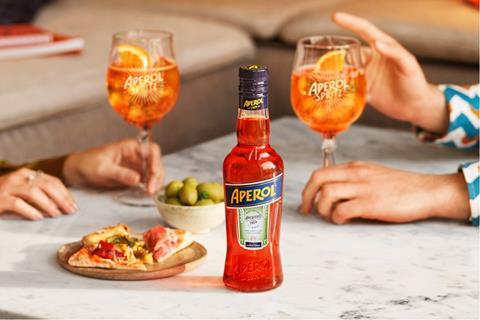
Another part of the spritz’s success, according to Kuleen Khimasia, co-founder of ready-to-serve cocktail brand Black Lines, comes from the serve’s ability to open up the cocktail occasion for more venues and consumers.
“In the past, it’s been difficult to access cocktails as a consumer unless you were prepared to go to the right bar and spend maybe £40 for that real experience,” he says. “Whereas with a spritz you can sit in and enjoy three or four in the sun and you’re not paying £13, £14 for them.”
Tapping the session trend
To this end, spritzes also benefit from their sessionability compared to high-strength cocktails and wines. Aperol is typically served with prosecco, which is weaker than most still wines, and spritzes can be made more sessionable still if – like Fever-Tree’s new ready-to-drink spritz play – also made with soda.
“If you map the needs of younger consumers onto wine, one of the things they like is lower abv,” explains Claire Raine, brands controller at Concha y Toro UK. “They’re not looking for heavy-strength wine.”

Raine says it was this moderation trend which prompted Concha y Toro UK to include an 8% abv Orange Spritz among the launch products for its new Joy wine brand last year, which is aimed at gen Z shoppers.
“Walk into any bar, even a Wetherspoons, and spritzes are all over the menu,” she says. “So for us it definitely made sense to try and reinvigorate the wine category with something that spoke to that.”
The rise of challenger spritz brands
Aperol remains far and away the most popular spritz serve, with retail sales exceeding £20m [NIQ 20 April 2024] – but other brands like Lillet, Select, Black Lines and These Days are also riding the wave.
Pitching itself as a ‘modern aperitivo’, These Days produces ready-to-serve spritzes made from côtes du rhône wine and soda, at 6% abv. Its Venetian Spritz mimics Aperol’s iconic orange glow but promises the more recognisable flavour profile of peach, while its Sundown Spritz is made with blood orange and chinotto.
“We set out to create something that was really accessible, so we’re leading with the fruit flavours with our serves,” Shields says. “It’s not hundreds of botanicals and a secret recipe.”
Can the spritz trend be sustained?
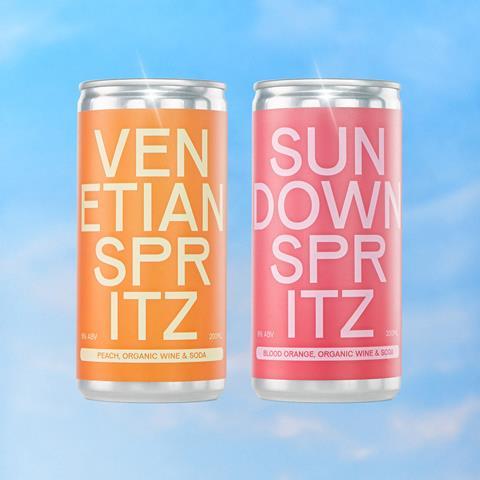
The biggest challenge – but also opportunity – for spritz brands, Shields says, is uncoupling the occasion from seasonal demand peaks. A long refreshing spritz is a tantalising prospect at a summer barbecue, but less tempting during the colder, winter months.
“You can’t deny on a hot day a cool, refreshing fruit-led spritz is going to hit the spot,” he says. Thanks to the success of Aperol brand owner Campari in positioning the spritz as a summer drink, “it will take time and newer brands” to help evolve the spritz occasion, Shields believes.
A more diverse array of spritz serves could also play a part. Black Lines, Khimasia reveals, is planning to add to its (currently draught-only) Aperol Spritz serve later this month. “We think spritz can be more developed and more complex whilst still being really easy drinking,” he says.
Will the spritz moment last? Ollie Winters, communications director at Fever-Tree, has no doubt.
While Aperol “has clearly been a major part in its revival over the last decade”, he points to the serve’s versatility and “ability to play” across spirits and wine – factors he says give the drink “real longevity”.



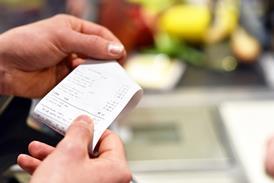
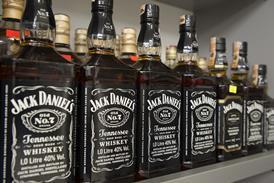








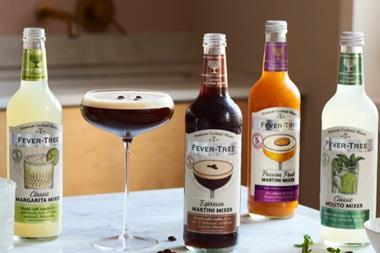
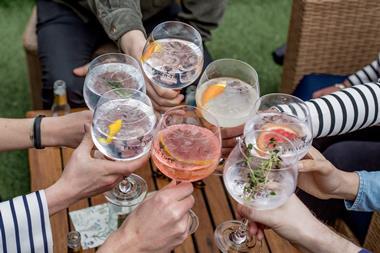
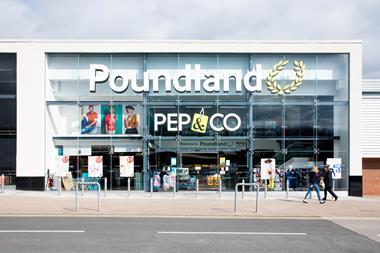

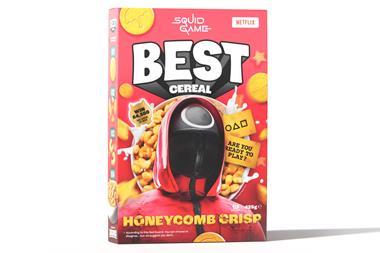
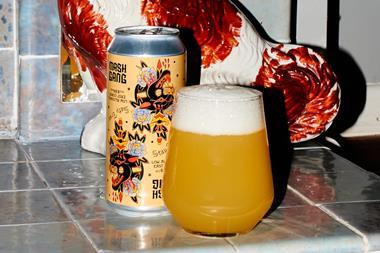
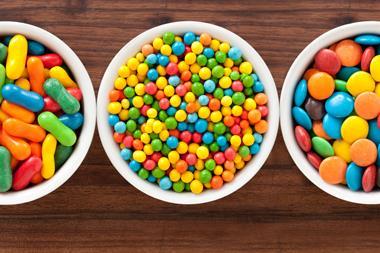
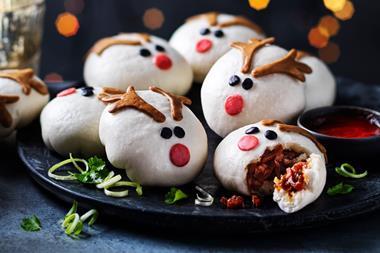

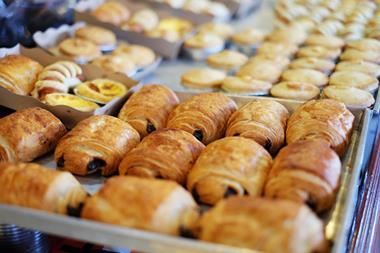


No comments yet